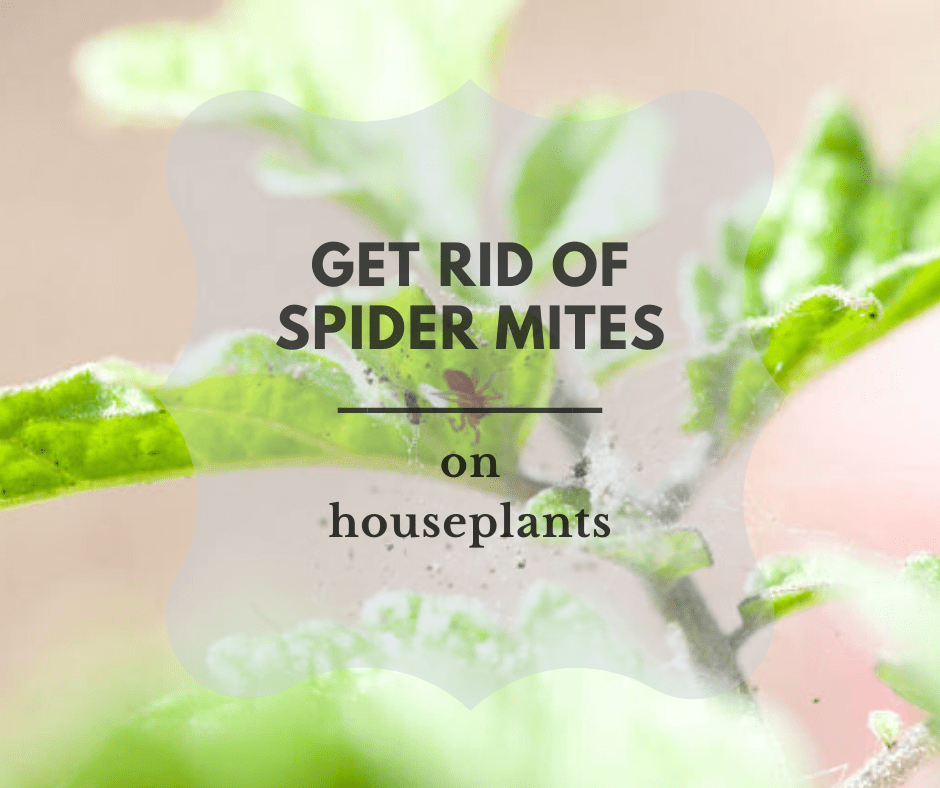This post may contain affiliate links. As an Amazon Associate we earn from qualifying purchases.
There are good garden bugs and then there are those we squish, fling, stomp on or spray something dastardly at. Today, let’s take a look at some of the good guys that will actually help you in your garden endeavors.
Gotta love team work, right?
The problem is that it’s often challenging to figure out which bugs are good for the garden and which we should John Wick immediately.
Belong to any Facebook gardening groups? Inevitably, every spring and summer our fellow gardeners post photos of the latest bug lurking in their gardens. Typically the post is captioned “Friend or Foe?”
Some of them are a cinch to identify while others are tricky. Take beetles, for instance. The majority of the Facebook crowd vote “FOE!” on any beetle. Yet, some are quite beneficial to the garden.
This is why it’s important to get to know and recognize what’s hanging out on your plants. Especially if pollinators, true-pest predators and parasitoids are something you hope to encourage to stick around.
So today we look at some of the friends you’ll meet in your garden. Part 2 examines the bad guys — the foes.
Yes, we’ve left out some of the more commonly-known beneficial insects, such as bees and butterflies. But we begin with an old friend.
Lady bugs
I think most of us met the cute little red lady bug when we were kids. So friendly, they used to sit on my hand and crawl around.
At least they seem friendly, right?
In reality, this little cutie is a beast when it comes to mealtime. “… pound for pound these insects are among the most ferocious predators ever to creep on Earth,” according to Doug Stewart at the National Wildlife Federation.
He goes on to tell us that there are more than 4,000 different species of ladybugs, worldwide.
Naturally, the most recognized is the little red one with black spots (Hippodamia convergens).
This ladybug “…can eat 100 aphids a day, day after day, month after month.” (Stewart)
If you buy ladybugs at the nursery or online, the folks at the San Diego Union Tribune have a few tips for you to try to get them to stick around longer.
- Plan on releasing the ladybugs just as the sun is going down or in early evening. They will fly away almost immediately if you release them during the heat of the day or when the sun is shining,” cautions Stewart.
- Before you release them, spray the plants with a fine mist of water.
- Place your ladybugs low on the plant “… or on the crotches of low branches.”
- Don’t let them loose near plants that have been sprayed with anything toxic to them. Stewart cautions that certain “… persistent insecticides can kill beneficial insects for days or weeks after plants are sprayed.”
- Finally, Stewart says that there aren’t enough ladybugs in the bags and other containers we buy. Most of them will fly off within 48 hours, so he suggests that you purchase way more than one container full.
“Researchers needed two releases of 1,500 lady beetles, a week apart, to control aphids on one large, heavily infested rosebush.”
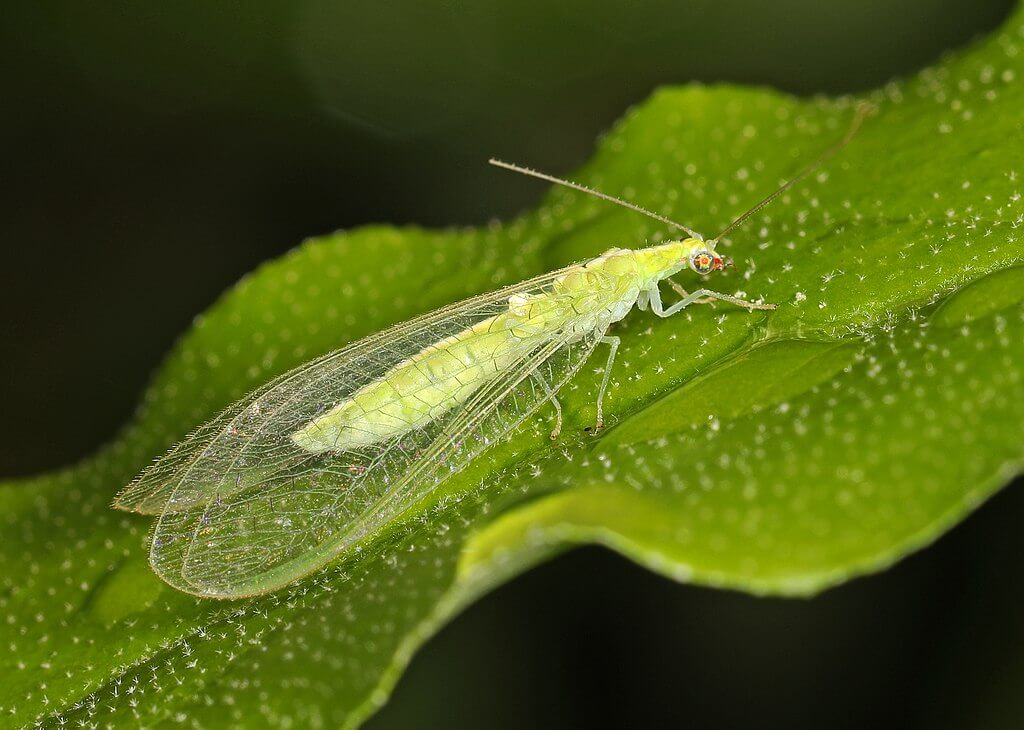
Green lacewings
If I had to choose between the not-so-loyal ladybug and green lacewing larvae, I would go with the latter.
Talk about beneficial! These guys eat spiders, aphids, mites, caterpillars and bug eggs.
You know that sticky honeydew that aphids and some other pests leave on the plant’s foliage? It attracts ants and other critters. Green lacewing (Chrysoperla carnea and Chrysoperla rufilabris) adults actually eat that, among other things, such as pollen.
The larvae, on the other hand, go for the protein and will devour thrips (yay!) aphids, spider mites, whiteflies, mealybugs, psyllids and leafhoppers. They also enjoy spiders and insect eggs.
See the above photo to get an idea of what to look for in the garden.
You can purchase green lacewing eggs and/or larvae online and at some plant nurseries.
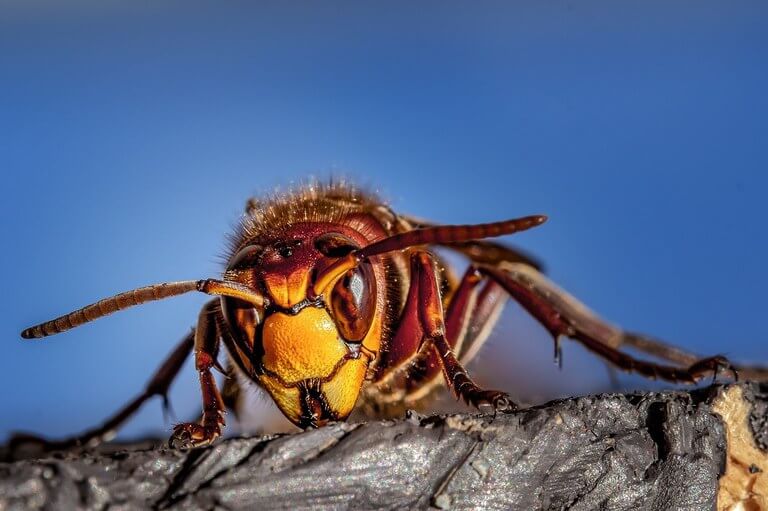 Wasps
Wasps
Did you know that, without wasps, “… the planet would be pest-ridden to biblical proportion, with much-reduced biodiversity,” according to Seirian Sumner, biologist at University College London.
Wizzie Brown, Texas A&M University Extension Service entomologist chimes in: “All wasps and hornets are beneficial.”
In addition to being excellent pollinators, wasps eat caterpillars, aphids and other creepy crawlies.
Then, there are the parasitic wasps. They go after other bugs (or worms, such as the tomato horm worm) to use them as a place to give birth.
Parasitoids lay their eggs either on or inside the pest and the hatchlings actually eat it as they grow, killing it.

Soldier beetles
They aren’t much to look at but soldier beetles (Chauliognatha pennsylvanicus) work hard in the garden. The adults are most active from mid to late summer. If you want them to reproduce in your garden, plant them some yellow flowers. They love them!
Soldier beetles don’t eat plants but they are considered important pollinators.
The larvae live in stuff on the garden floor, such as leaf litter, and feast on other insect’s larvae and eggs.

Minute Pirate Bugs
If you see something that looks like an off-colored tick hanging out on your plant leaves, don’t swat it. That could very well be a minute pirate bug, members of the Anthocoridae family. The one pictured above is classified in the Orius species.
The problem with identifying these very beneficial bugs is that there are upwards of 400 species and they all don’t look alike. But scientists are studying them as we speak, trying to come up with a new, biological pest control agent.
The Orius pictured above is very tiny and it eats eggs, larva and small adult insects. This includes thrips (yay!) spider mites and whiteflies.
Although they are not venomous, they will bite a human hand and, yes, it does hurt. What’s a little pain though when it comes to getting rid of nasty, destructive bugs in the garden?
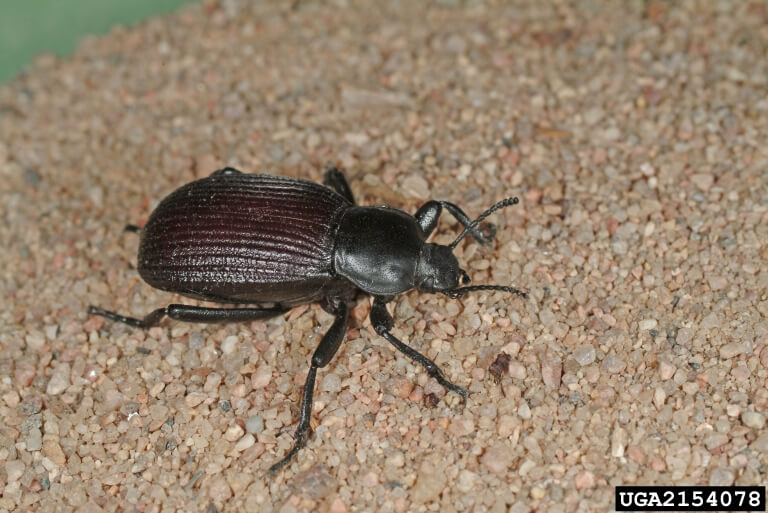
Ground beetle
Ground beetles. There are so many different genera and species within the genera that they are everywhere. And, let’s be honest: All beetles tend to look similar unless you are an entomologist.
Speaking of which, Jeffrey Hahn, former University of Minnesota Extension entomologist and Stephen Kells, Extension entomologist, suggest that we can narrow down our identification guesses by color.
“They are typically dark and shiny, color varies but most are dark brown, black or metallic … they have threadlike antennae,” and rarely fly.
Although some can grow to one inch in length, most are “About 1/8 to 1/2 inches long.” (Hahn and Kells)
Look for them on the soil, although Kells and Hahn say some will climb the plants looking for a meal.
Both the adults and the larvae prey on the bad bugs in the garden.
What do they eat?
- Root maggot eggs and larvae (yum, right?)
- Caterpillars
- Snails
- Aphids
- Beetle larvae
- Slugs
Oh, and best of all, they sometimes feed on weed seeds!
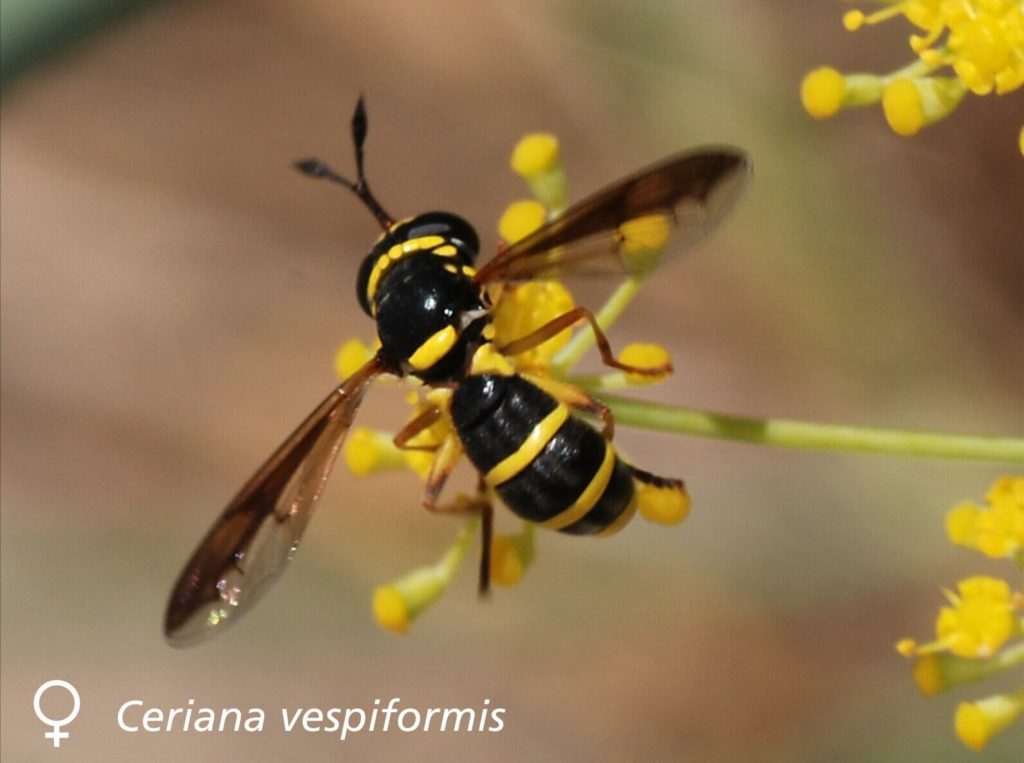
Hover flies
Have you ever heard the saying “Two wings, fun. Four wings, run?” Me neither, but I read it this evening at Purdue University Extension’s website.
It was mentioned in an article about the hover fly. “Hover flies often swarm around people and even land on them, presumably looking for moisture and salts on our skin,” according to the writer, Timothy J. Gibb, Extension Entomology, Purdue University.
“These small flies are bright yellow and black in color and are often confused with sweat bees or yellow jacket wasps but rest assured that these are flies and not bees,” he concludes.
I don’t know about you, but if I’m confronted with something that looks like a yellow jacket that is trying to land on my skin, I’m not about to stand there and try to count wings.
Thankfully, there are other ways to tell the difference.
- Hover flies are quite tiny compared to the yellow jacket.
- They are more brightly colored.
- Gibb says that ) Hover flies have the ability to ‘hover’ or to remain apparently suspended in mid-air. Wasps and bees do not.”
Also known as Syrphid flies, hover fly adults primarily eat pollen and nectar. What the young maggots feed on, however, depends on species.
Some enjoy the sucking insects, such as thrips and aphids, while other species eat dead or dying plants and dead animals in the soil and in waterways.
Now get on out there and encourage these guys to stay awhile!
Don’t forget to check out our post about the bad bugs in our gardens and how to get rid of them!

